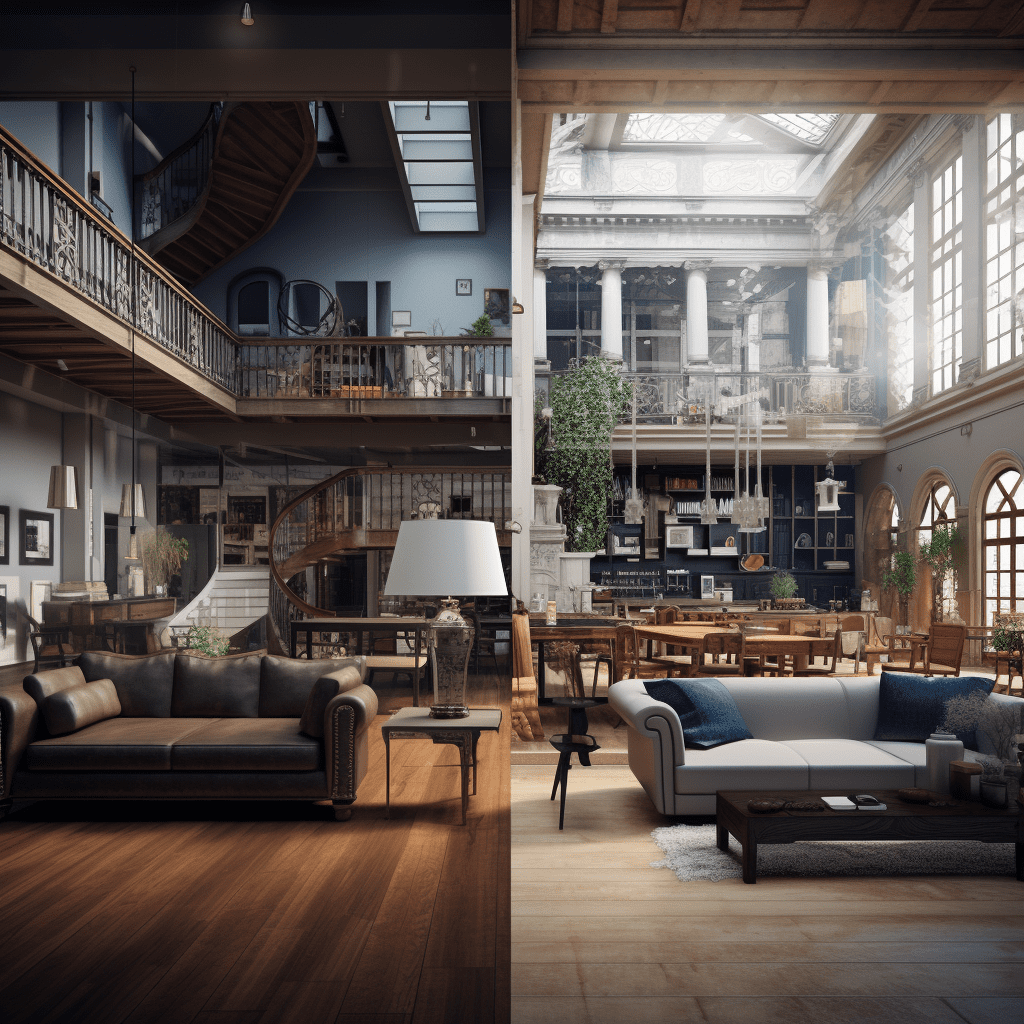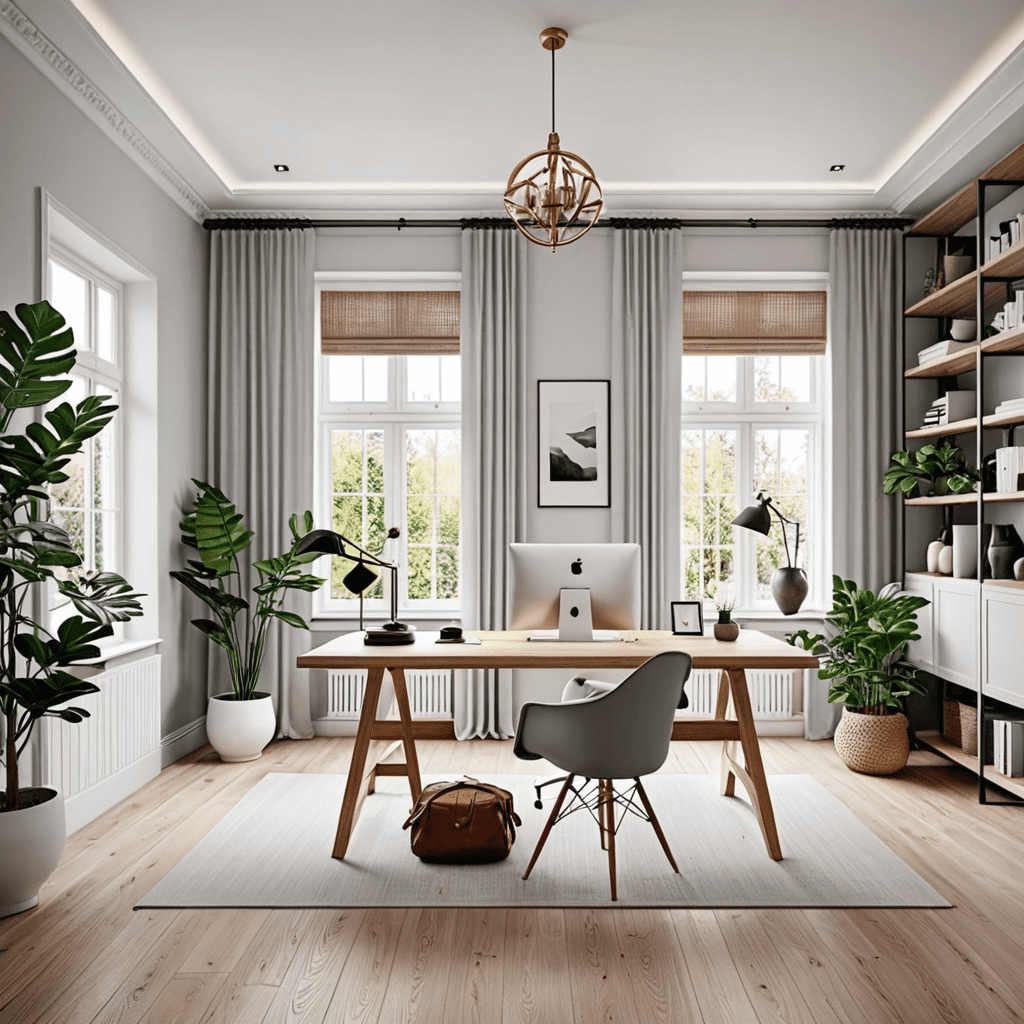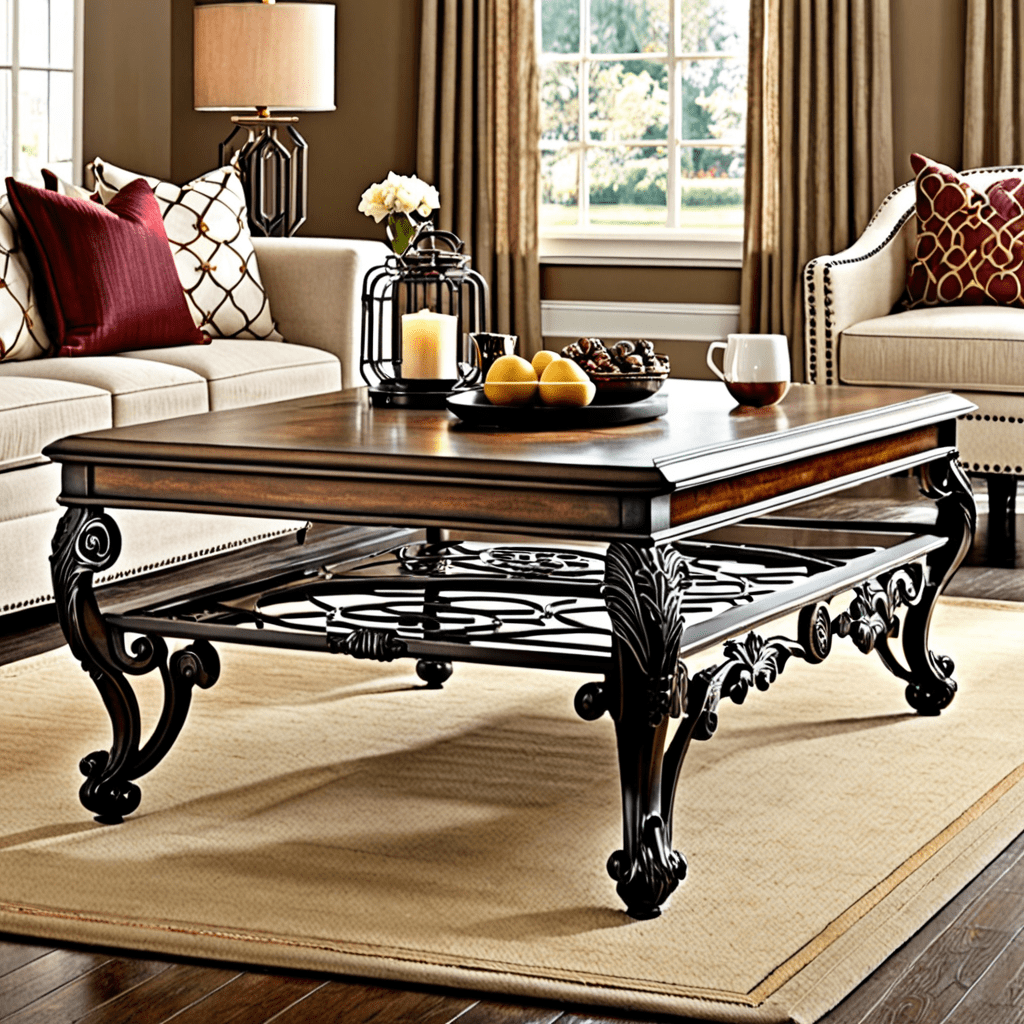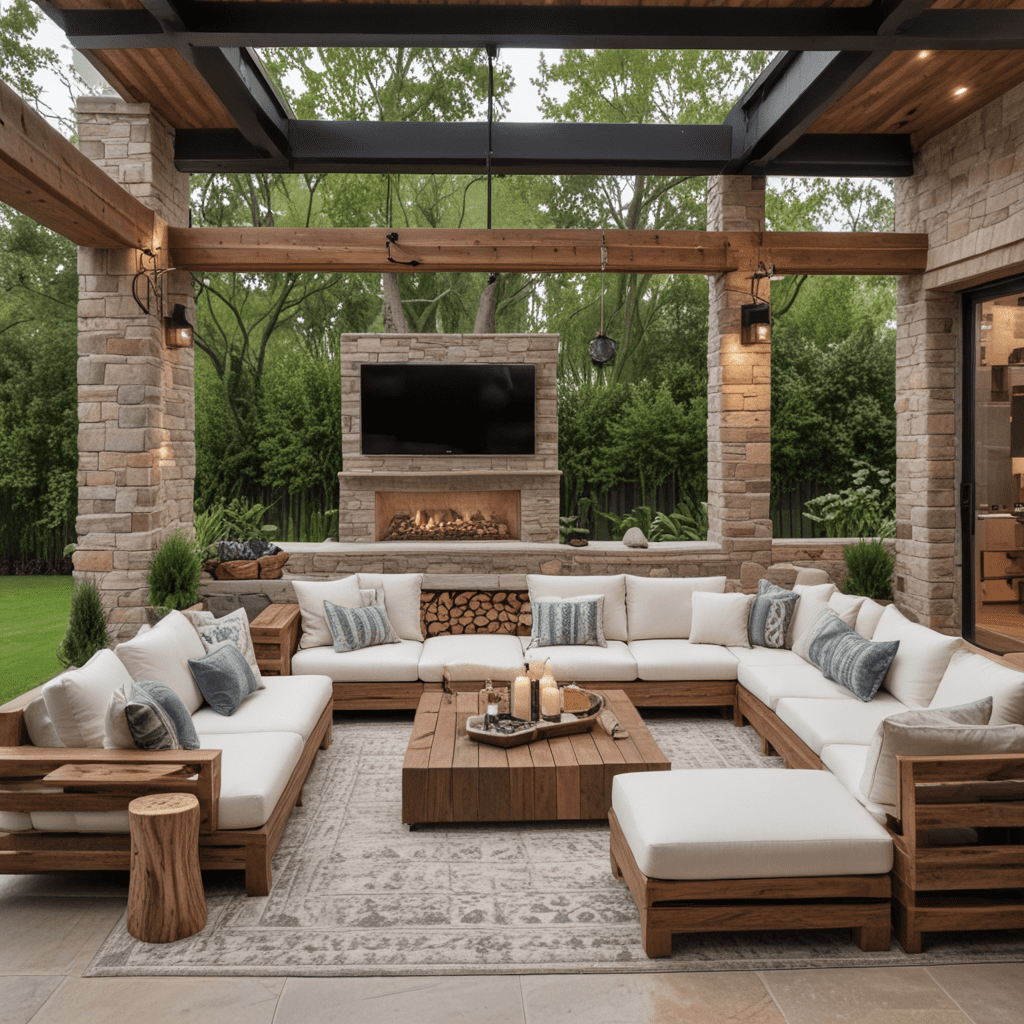Interior Design Vs Interior Architecture: What’s The Difference?


Interior Architecture vs Interior Design: Exploring the Differences
When it comes to designing and transforming the interiors of a space, two terms often come to mind: interior architecture and interior design. While both professions involve improving the aesthetics and functionality of a space, there are distinct differences between the two. In this article, we will delve into the contrasting aspects of interior architecture and interior design, shedding light on their unique roles and contributions in the world of home and interior design.
What is Interior Architecture?
Interior architecture focuses on the structural and spatial elements of a building’s interior. It involves the art and science of understanding how people interact with their environments and creating spaces that are both visually appealing and practical. Interior architects are responsible for designing layouts, crafting plans, and making structural decisions that affect the overall space.
Interior architects take into consideration various factors, such as the building’s framework, spatial flow, and safety regulations. They work closely with architects and engineers to ensure that the interior spaces are structurally sound and meet the necessary codes and regulations. Their expertise lies in understanding the relationship between the exterior and interior of a building and ensuring a cohesive design.
What is Interior Design?
Interior design, on the other hand, focuses on the decorative and functional aspects of a space. It involves creating aesthetically pleasing and functional interior environments that meet the clients’ needs and preferences. Interior designers have a deep understanding of color schemes, furniture placement, materials, and lighting.
Interior designers work closely with clients to understand their vision and requirements for a space. They conceptualize the design, select appropriate furniture and fixtures, and finalize the layout and decorative elements. Their expertise lies in creating cohesive and visually appealing designs that reflect the client’s style and enhance the functionality and comfort of the space.
The Distinctions Between the Two
While interior architecture and interior design intersect in some areas, there are significant distinctions between the two professions. Here are a few key differences to keep in mind:
Education and Training
Interior architects typically have a background in architecture or architectural engineering and have a more technical and structural focus. They acquire a comprehensive understanding of building codes, construction processes, and safety regulations. Interior designers, on the other hand, may have formal training in interior design or a related field, with an emphasis on aesthetics and functionality. They often develop skills in space planning, color theory, and furniture design.
Focus and Scope
Interior architects primarily focus on the design and layout of the interior space. Their role involves making structural decisions, considering building systems, and ensuring safety and compliance with regulations. Interior designers, although they also consider structural elements, primarily concentrate on the decorative aspects of the space. Their work revolves around selecting finishes, furniture, and accessories that enhance the overall visual appeal and functionality of the interior.
Collaboration and Teamwork
Interior architects often collaborate with architects, engineers, and contractors throughout the design and construction process. They work together to ensure that the design aligns with the building’s structural integrity and meets safety standards. Interior designers, while they may work with other professionals, often focus on working directly with clients to create personalized and unique interior spaces.
Industry Regulations
Interior architects typically require professional licensing or registration to practice. They may need to pass exams and meet specific educational and experience requirements. Regulations for interior designers, on the other hand, vary by jurisdiction. Some areas may have requirements for licensure or certification, while others may not have specific regulations in place.
Overlap and Collaboration
Despite their differences, interior architecture and interior design often overlap and collaborate on projects. Interior architects may engage interior designers for their expertise in selecting finishes and furnishings, while interior designers may consult with interior architects to ensure the functionality and structural integrity of their design. Together, they can create harmonious and well-designed spaces.
FAQ
Q: Can an interior designer also perform the duties of an interior architect?
A: While an interior designer can acquire knowledge and skills related to interior architecture, they may not have the same level of expertise in structural elements and building systems. However, in some cases, an interior designer may collaborate closely with an architect or engineer to ensure the structural integrity of their design.
Q: Do interior architects focus solely on commercial projects?
A: No, interior architects can work on a range of projects, including residential, commercial, and institutional spaces. They apply their expertise in spatial planning and design principles to create functional and aesthetically pleasing interiors, regardless of the project type.
Q: How does one choose between hiring an interior architect or an interior designer?
A: The choice depends on the scope and requirements of the project. If the project involves significant structural changes or requires compliance with building codes, an interior architect may be more suitable. If the focus is primarily on the aesthetics and decorative elements of a space, an interior designer may be the better choice.
Q: Are there any specific advantages to hiring both an interior architect and an interior designer?
A: Hiring both professionals can ensure that the project benefits from a holistic approach. Their combined expertise can result in a space that not only meets structural requirements but also reflects the client’s style and preferences. The collaboration between an interior architect and an interior designer can yield exceptional results.
Q: Can an interior designer offer services in interior architecture without the relevant qualifications?
A: It is generally advisable for an interior designer to have the necessary qualifications and expertise if they are offering services related to interior architecture. Without the appropriate knowledge and understanding of structural elements, they may not be able to adequately address the technical and safety aspects of a project.
Q: Is it possible to pursue a career in both interior architecture and interior design?
A: Yes, it is possible to pursue a career that combines aspects of both interior architecture and interior design. Some professionals choose to acquire knowledge and skills in both fields, allowing them to offer a more comprehensive range of services to their clients.
In conclusion, while interior architecture and interior design share some similarities, they have distinct roles and focal points. Interior architecture focuses on the structural elements and spatial flow of a building’s interior, while interior design emphasizes aesthetics and functionality. Both professions contribute to creating beautiful and functional spaces, and their collaboration can result in exceptional designs that meet clients’ needs and preferences.




